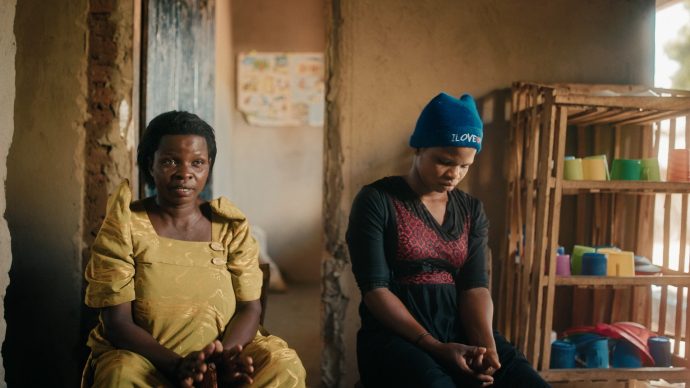Knap hver femte husholdning i det område af Burma, der kaldes ”den tørre zone”, har svært ved at skaffe mad nok på bordet. Mange lokale indbyggere sætter sig i gæld for at kunne få noget at spise.
BAGAN, 10 April 2014 (IRIN): Burma’s central “dry zone”, home to a quarter of its 58 million people, is falling short on food production, pushing local people into hunger, malnutrition and debt.
“Getting food is a headache for us every day,” said 30-year-old Kyi Htay as she prepared a meal of tomato curry and rice on the floor of her one-room hut in Bagan, Mandalay Region.
The central regions of Mandalay, Magway and Lower Sagaing, known as the “dry zone” and covering 13 percent of the country, have some of the lowest rainfall levels; 60 percent of households are farmers and 40 percent landless.
According to a 2014 survey jointly administered by the World Food Programme (WFP), Save the Children, and the Ministry of Livestock, Fisheries and Rural Development, 18.5 percent of dry zone households face food insecurity.
“One third of households reported experiencing a month or more during the year when they had had a problem to meet their food needs, typically between June and July, and all households had short food stocks,” said Andrea Menefee, nutrition adviser with Save the Children-Burma.
As residents of the dry zone cope with food insecurity, experts point to severe malnutrition and debt as symptoms of increasingly poor harvests in recent decades, and say short-term solutions must be implemented alongside long-term adaptive measures.
High levels of acute malnutrition
According to the 2014 joint survey, 12.3 percent of children under five in the dry zone were found to be acutely malnourished. When a population has acute malnutrition levels of more than 15 percent it is classified as a “critical emergency” by the World Health Organization.
Læs hele artiklen her: http://www.irinnews.org/report/99919/hunger-in-myanmar-s-dry-zone














